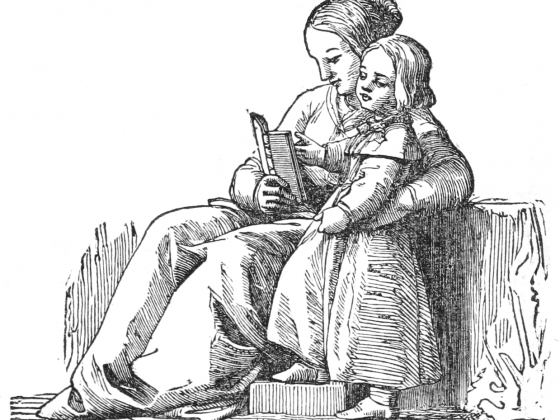What is theatre? How exactly would you define it? Is theatre a building? A company? A home for plays? A group of artists? A spot for gathering? A place to remember? A place to forget? An impossible alchemy? A temple? A shrine? In the year since our auditoriums shut down due to Covid-19, I feel many of us in the theatre industry have wrestled with this question and come up with a multitude of different answers. If theatre requires in-person gathering, then the last year has largely been devoid of anything resembling theatre. But if one broadens the definition of theatre to include the vast variety of streaming theatre available, the last year has been a bonanza of theatrical offerings.
The streaming of plays and performance has taken many forms over this strange pandemic year. Some offerings were archival recordings of shows from before Covid hit. (Perhaps you caught up with The Met’s rollout of past productions or are gearing up to watch the 40th anniversary celebration of Cats this weekend?) Some were pre-recorded performances that blurred the line between film and theatre. Some were live events, using zoom or similar platforms to bring performers and audiences together in a digital space. There were readings, reunions, interactive games, performance art, celebrity stunt castings. You name it, some theatere probably attempted it.
What exactly does it mean to gather for performance when we cannot gather and the performance is viewed not through a proscenium but through a computer screen? As we all struggled to find our creative footing, as we all attempted to answer the “what is theatre?” question, a new hybrid art form was born. The streaming of theatrical content became a way for struggling performing arts organizations to stay afloat; a way for creative folks to stay engaged; a way for audience members to stay connected and inspired. Even Stephen Sondheim’s 90th birthday celebrations moved online.
On the plus side, these streaming offerings provided some arts jobs, some much needed sense of community and togetherness, some uplift, and some necessary hope. It let us mourn together, remember together. It gave us a place to be when many of us felt like we were nowhere. An anchor. A mooring. It also provided us a record, a snapshot of the pandemic from within those strange days. The streamed theatrical performances gave us a way to connect and process this time; at their best they were creative connections – moments of radical togetherness.
That’s not to mention the miracle of accessibility! Normally, theatre can become very exclusive very quickly. But the streaming offerings crossed geography, cultural barriers, and allowed many more people to access shows than would normally be able to travel to the theatre. Plays could be watched from your own living room. For people with physical disabilities or other circumstances that would make a trip to a brick and mortar theatre challenging, streaming theatre was a godsend. Add the option of Closed Captioning and you have a recipe for even more people being able to enjoy theatrical offerings in a multitude of ways. Streaming brought theatre to you, wherever you were and whatever your specific needs might be.
On the down side, streaming theatre can never truly replace the full theatrical experience. It ain’t in person, and with that loss goes much of the dynamic immediacy, the magical intimacy of seeing a live show: that specialness, that uniqueness, that “once-in-a-lifetime”-ness is much harder to achieve remotely. Plus steaming theatre came with a host of technical difficulties. There was flatness, there were safe and neutered creative choices, there were limited production values, and there was an endless series of well-intended, but maddeningly dull, earnest readings.

So what happens now? As we move (cautiously, falteringly, optimistically) towards a post-Covid landscape, will streaming continue as a theatrical alternative? Yes, in some form. Theatre organizations will have to be more nimble moving forward and streaming allows that. Some audience members may choose not to rush back into auditoriums the moment it is deemed safe. Some may choose that viewing shows through a computer screen from the comfort and safety of their own home is their best option. Theatre companies would be wise to accept this eventuality and plan accordingly. Plus, many arts organizations have discovered new reach and creative opportunities during this streaming year. Those new ideas won’t be tossed away anytime soon. I predict a wonderfully and radically different theatre industry in the years to come.
We are in a moment of tremendous and exciting change within the world of theatre. Our industry is finally reckoning with a history of unfair, unhealthy business practices and structural injustice. We have an opportunity to completely reorganize and re-conceptualize the way we make art. Hopefully streaming will be a part of this new more equitable landscape, a component of a wholesale transformation. It started as a stopgap, a substitute, a desperate attempt at the illusion of normalcy. Streaming may become part of the new normal, a bastion of accessibility and creative exploration. What started as a Covid-era solution may become a long-term reality. The definition of theatre is no longer any one thing. Streaming is a part of a new, vast constellation of evolving definitions. Pass the popcorn.















2 comments
Streaming is NOT theater. Call it something else, but theater must be live in front of a live audience.
It is a fascinating and deeply personal debate in the current climate for sure!